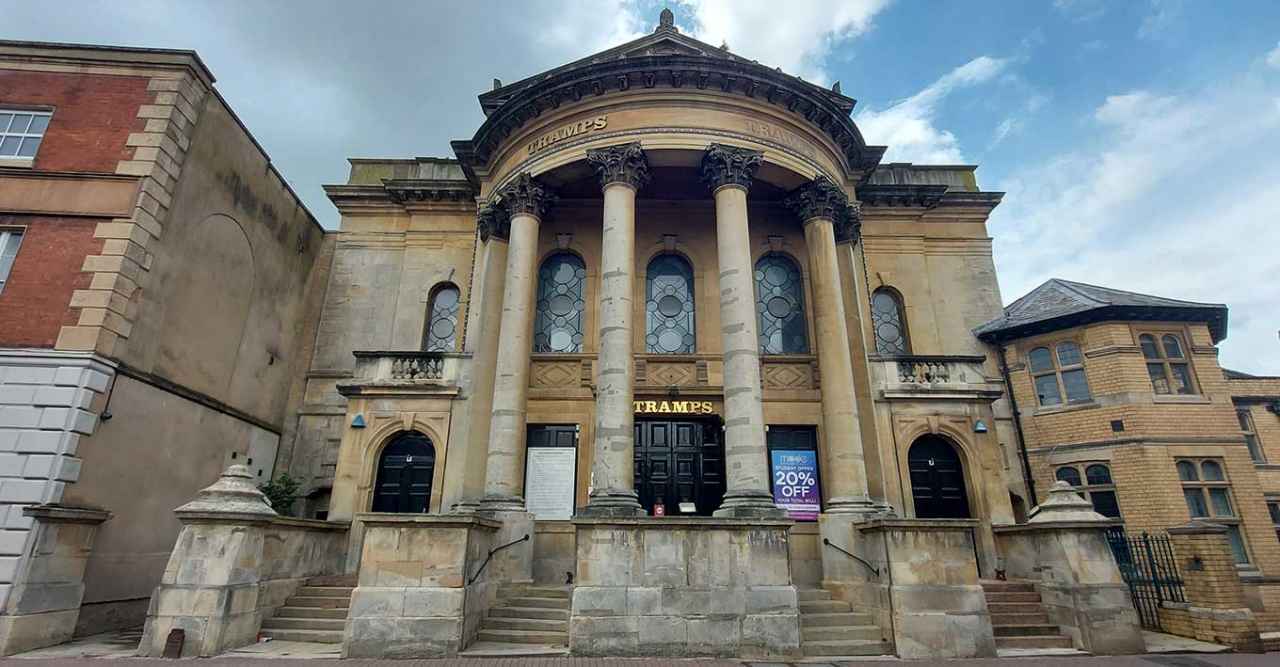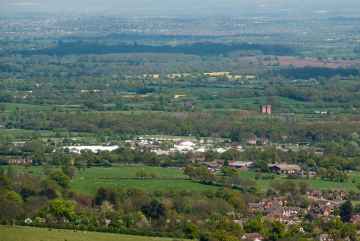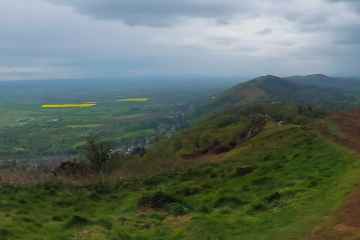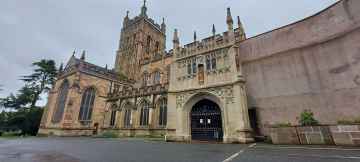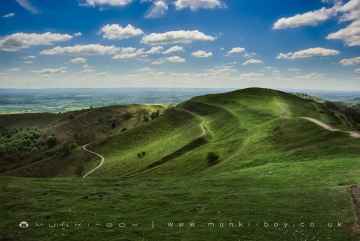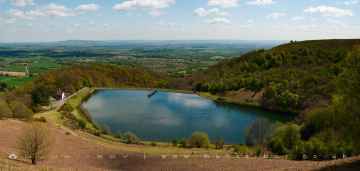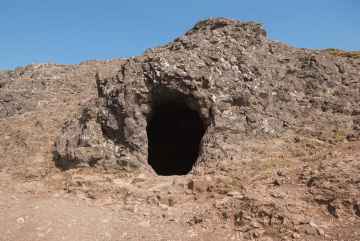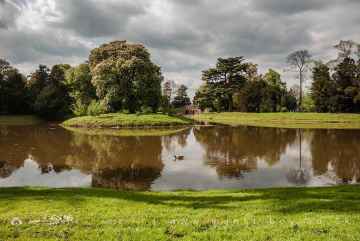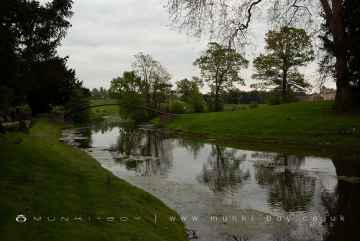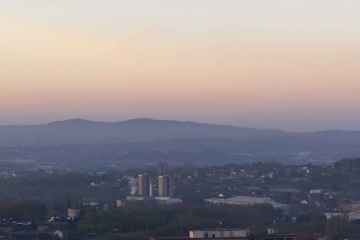Worcester is a City in the county of Worcestershire.
There are great places to visit near Worcester including some great towns, villages, historic buildings, historic monuments, hills, hiking areas, ancient sites, lakes, caves, country parks, rivers and streams, woodlands, cities and shopping centres.
The area around Worcester boasts some of the best towns including Malvern, Evesham, and Redditch.
Worcester has some unmissable villages nearby like Lower Wyche, and Callow End.
Worcester's best nearby historic buildings can be found at Great Malvern Priory, Croome Court, The Temple Greenhouse, Church of St Mary Magdalen at Croome, Bridges to the Island Temple at Croome, Icehouse at Croome, and Island Pavillion at Croome.
Worcester has some unmissable historic monuments nearby like Eastnor Obelisk, Druid Statue at Croome, and The Grotto at Croome.
Don't miss The Malvern Hills, British Camp, Table Hill, End Hill, Worcestershire Beacon, Pinnacle Hill, and North Hill's hills if visiting the area around Worcester.
The Malvern Hills, Clent Hills, Old Hills, and Broadway Tower Country Park are great places to visit near Worcester if you like hiking areas.
Ancient Sites to visit near Worcester include British Camp, and Midsummer Hill.
British Camp Reservoir, and Lake at Croome are great places to visit near Worcester if you like lakes.
Don't miss The Hermit's Cave's caves if visiting the area around Worcester.
Worcester's best nearby country parks can be found at Croome, Clent Hills Country Park, Broadway Tower Country Park, and Arrow Valley Country Park.
There are a number of rivers and streams near to Worcester including Croome River.
The area around Worcester's best woodlands can be found at Clent Hills.
Places near Worcester feature a number of interesting cities including Worcester.
The area around Worcester's best shopping centres can be found at Kingfisher Shopping Centre.
Worcester History
There are some historic monuments around Worcester:
Areas of Worcester
Like most towns and cities Worcester is comprised of a number of areas, once separate villages or small towns and parishes now part of Worcester.
Many of the areas of Worcester have their own character and places of interest.
Places to see near Worcester
History of Worcester
Worcester may have been the “Vertis” mentioned in the 7th century Ravenna Cosmography. Using charcoal from the Forest of Dean, the Romans operated pottery kilns and ironworks at the site and may have built a small fort. There is no sign of municipal buildings that would indicate an administrative role. In the 3rd century, Roman Worcester occupied a larger area than the subsequent medieval city, but silting of the Diglis Basin caused the abandonment of Sidbury. Industrial production ceased and the settlement contracted to a defended position along the lines of the old British fort at the river terrace’s southern end. This settlement is generally identified with the Cair Guiragon listed among the 28 cities of Britain in the History of the Britons attributed to Nennius. This is probably not a British name but an adaption of its Old English name Weorgoran ceaster, “fort of the Weorgoran”.













